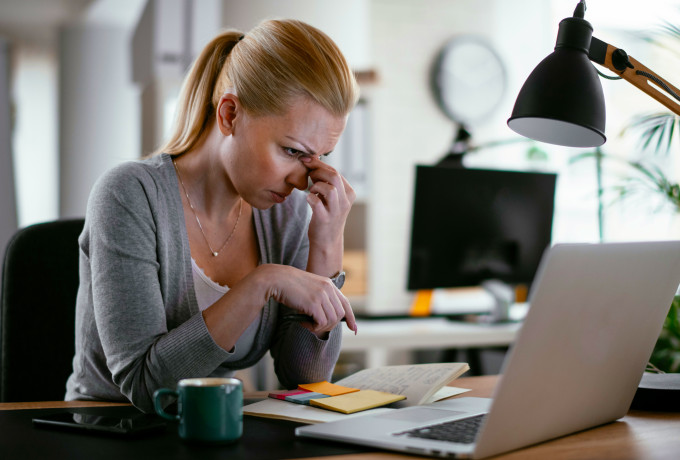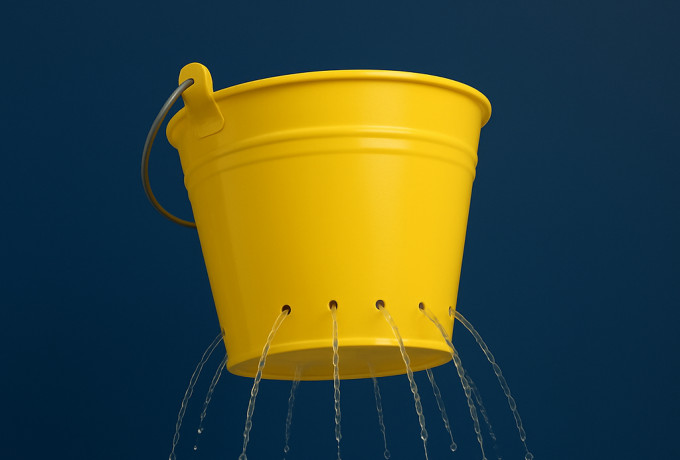Related services
At Root Studio we try our best to reduce the environmental impact of our products. We love screen-based design but we'll never lose our infatuation with paper and all things printed. The best we can do is look at the processes involved within the production process to ensure we're doing the right things - our first step is to look at the paper we use!
The production of 'virgin' paper is one of the commercial world's most energy intensive industries. There are a few ways in which paper mills will tackle this - they may use by-products of the process as bio-fuel to offset the emissions and water can be recycled within the factory. These energy-saving methods aren't adopted by everyone however and other pollutants and waste are created as a direct result of the paper making process - so what's the least environmentally painful paper to go for I hear you ask?
Overall 100% recycled FSC paper is by far the most eco-friendly solution - compared to felling trees and transporting the wood etc. recycled paper uses up to 70% less energy overall. The old-wives tale that recycled paper is of inferior quality to virgin paper is outdated - the quality has massively improved in the last couple of decades, so much so that it's very difficult to tell the difference. In comparison to virgin paper, one tonne of recycled paper also saves around 6 mature trees and around 3.5 cubic yards of landfill space.
The science bit:
There will be some of you out there that are reading this thinking, 'Yes but you're forgetting the horrible chlorine bleaching process and de-inking that recycled paper has to go through' Well fear not: no paper produced in the UK or in the EU for that matter is bleached using chlorine bleach. Instead the industry standard is to use a hydrogen peroxide on both virgin and recycled papers, sounds horrible still I know but it's the same chemical found in tooth-whitening kits and is pretty harmless. If you're still sceptical ensure you choose TCF (Totally chlorine free) papers - these are bleached without the use of any chlorine compounds at all.
De-inking is also much less harmful than you might think - the main ingredient used to help the process is sodium hydroxide (used in common soap or by supermarkets washing their fruit and veg). The ink sludge scooped off at the end of the process can even be used as fertiliser. Another de-inking process is dispersal where the ink is diluted and spread across the sheet (giving the speckled effect you'll see on some recycled papers).
FSC Papers
In 2007 the BBC reported that the UK was the world's third largest importer of illegal timber and the WWF estimated that the UK was spending £712 million a year on illegal wood. Though this is a cause for concern, the wood used for paper is primarily fast-growing softwoods so if it's managed correctly we won't run out of trees in the next few years. To tackle the use of illegal timber there are certifications that help to let you know how well plantations are managed, you've probably heard of FSC and in some cases PEFC.
The term 'sustainably sourced' is pretty meaningless, it's usually what a supplier will tell you if you're looking for a sound paper and have a low budget. A plantation is automatically labelled as 'sustainably' without any checks whatsoever, it's only really accreditations that will help you know for sure.
The Forest Stewardship Council (FSC) is an international organisation that inspects whether a plantation is managed responsibly. In all there are 10 criteria which are taken into account, these cover environmental, social and economic issues. Their chain of custody also enables tracking from the forest to the paper mill and then to the printer. The Programme for the Endorsement of Forestry Certification Schemes (PEFC for short!) is similar organisation to the FSC however it's requirements are much less strict. To put it in perspective the FSC's guidelines are so strict that only 7% of the world's productive forests are FSC certified.
The round-up
So no surprises here, recycled paper looks to be more environmentally friendly than non-recycled and a certified 'managed' forest is better than one that isn't. It's important to remember that recycled paper isn't the whole answer, paper can only be recycled and re-used up to 8 times before it breaks up, so we'll always have a need for new paper (or sacrificial virgin paper if you will).
In the studio we've always championed the use of recycled and/or FSC papers and our clients have received great results in the past. View our portfolio for some examples of work printed using recycled paper.
If you are thinking of producing your next brochure and would like to discuss what paper, finishes and processes would help make you stand out from the crowd please get in touch - we're full of good ideas :)
For more news follow us @rootstudiouk
Similar posts

In a world crammed with endless scrolling, pop-ups, flashing offers and ‘read more’ rabbit holes, the real competition isn’t just other businesses - it’s cognitive overload.

Most websites don’t have a traffic problem - they have a conversion problem. Conversion Rate Optimisation (CRO) is simply about spotting issues and opportunities and gently guiding more of your visitors to take action.

